The Three Principles I Used to Improve Every NBA Client's Shot.
Plus... Pizza & Basketball: Same-same, but different.
My favorite part of any NBA client’s cycle was being on the court during their off-season. It was a time for teaching and seeing players lean into the process of getting better, which is the absolute best!
However, the mid to upper-class NBA citizens move like aircraft carriers; everything forms around them; they’re certainly not making trips to see you. Making this part of the cycle an absolute bear on travel and thus the most taxing part of the year on my family.
Last summer, with my wife’s delivery date coinciding with the height of off-season travel, it made sense to take a pause on NBA clients for one summer, lean into my local area, and perhaps consider making a pivot out of basketball to start a new chapter.
I told myself that if the basketball thing were meant to be, then an opportunity would present itself. That doesn’t mean I thought something would just fall into my lap out of nowhere; no, I did my best to bring one about within my network, but everything still fell short. I had a nibble for a shooting coach position, but nothing came to be.
Then, out of the blue, the President of an NBA team reached out about working with one of his players. When he told me the player he had in mind, my jaw almost hit the floor. A high draft pick with the tools needed to mold a potent combination of efficiency and flair.
This one would have been new for me, and while I’ve worked with extremely talented players before, I’ve never worked with a high draft pick. The difference between Top 10 draft picks and everyone else is two-fold.
They have all the raw tools - Usually, high draft guys are the ones with the big combine scores, the raw materials that allow for a higher ceiling than their peers.
Unlimited opportunity - If a Top 10 pick has been spent on a player, then there is an endless road to run into. Rarely do you see a player picked in the Top 10 without a clear path to starting and high usage.
These two things are what make working with a Top 10 player early in their career such a tantalizing opportunity. And to put a cherry on top of the whole thing, his team president, who is highly familiar with my work, is on board; you can’t beat that!
I took some time to watch all the players' threes from the previous season, and then got back to him with my assessment of the situation.
During our follow-up conversation, he asked a question about how I help players change their shots. Here’s my brief description:
What I do is simple.
I give these guys who possess immense talent very specific details to focus on, and I hold them to an incredibly high standard on those details. These details will shape their habits, and when they get into games, those habits become instincts.
It's all simple stuff, but very detailed.
I won’t bore you with the minutia of how it all went down, but long story short, I didn’t work with the player. It sucked.
However, the conversation inspired the idea for this post, about why consistently doing simple things better than everyone else is how you separate yourself, much like a Margherita Pizza.
So… it wasn’t all bad!
The Summer of Pizza
If you hadn’t already guessed from my past three months of Substack notes, I’ve developed a serious obsession with making pizza.
It all started because my in-laws do a “Pizza Friday” night, and I figured that it would be a great bonding experience if I invited everyone over for a homemade “Pizza Friday!” In theory, it was a great idea. But I made one critical mistake: I invited them over for the first one, and in the words of Julia Roberts…
That night, I served my in-laws a charred-to-a-crisp pizza, not exactly the outcome I had in mind when I extended the invitation. But looking back, it’s easy to see that this was always the most likely of scenarios.
Here’s a look at some of my initial attempts. Keep in mind that the pizzas below look like works of art compared to what I put out that first Pizza Friday.
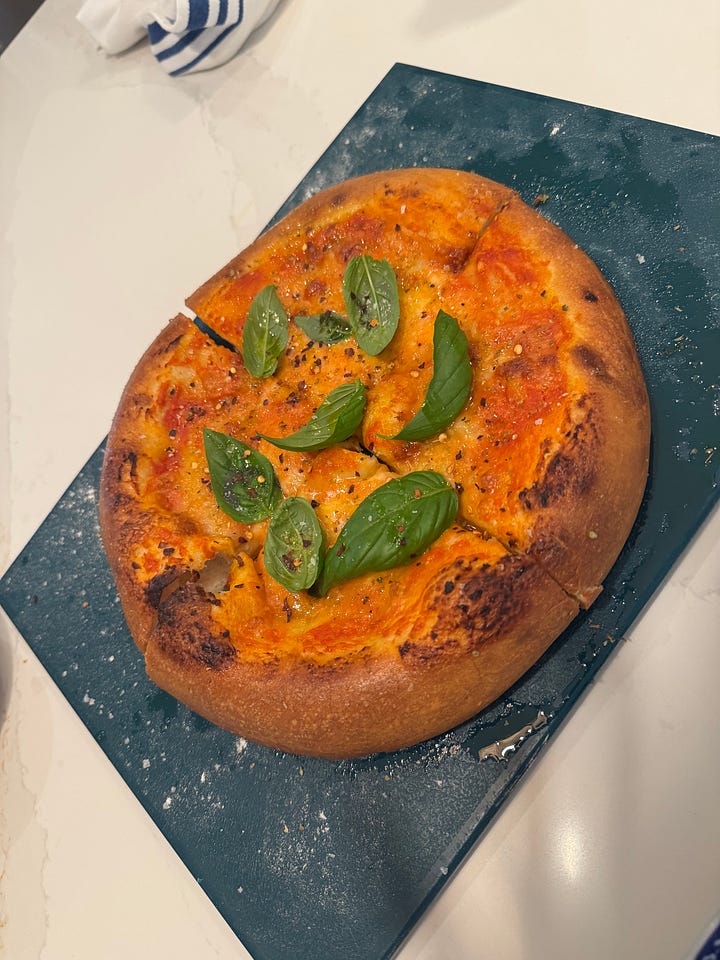
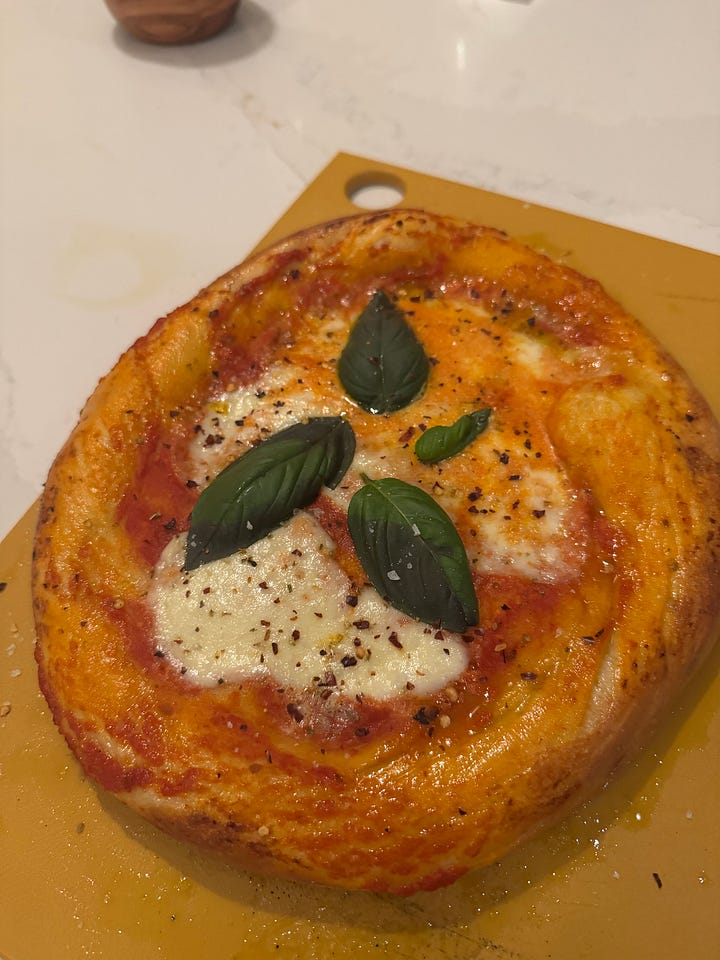
After some real soul searching, it became clear that I was cheating the pizza-making process. I had no plan, took shortcuts to save time, and didn't do my work early.
Take the sauce, for example. On my first Pizza Friday, I planned to find a pizza sauce recipe on YouTube that used a can of San Marzano tomatoes, that was my plan, full stop. I frantically pulled up a YouTube video at 4:00 pm, featuring a random guy with forty thousand views for his “Quick and easy pizza sauce,” while my in-laws were scheduled to arrive at 5:00 pm.
Forty thousand views seemed like a winner to me, and in the blink of an eye, I had drained the can, toasted some garlic, blended it all up, and voila… Quick and easy pizza sauce!
As you can probably deduce from my tone, the first night was awful, and it wasn’t just the sauce. The dough wasn’t at the right temperature to be worked. The sauce was too thin and had zero depth of flavor. I was using burrata1 instead of mozzarella. It was a holy trinity of screw ups; every simple element needed to bring a great homemade pizza together was botched, and all because of my hubris.
Luckily, I knew where I needed to go for help: my wife.
After some convincing, she agreed to step in and help. Over the next month, Ally refined the Pizza Friday process by introducing much-needed planning and details. Every element of Pizza Friday is now light-years better because of her touch2!
Here’s a look at some of the heat produced by Campbell Family Pizza Friday after Ally agreed to consult. It’s safe to say that Pizza Friday put in the work and developed!
Simple, Not Easy…
Flour, Water, Tomatoes, and Cheese. That’s all it takes to bring a Margherita Pizza to life; it’s not an exotic list of ingredients, it’s simple. But, as you’ve seen from my summer of pizza, just because something is simple, doesn’t mean it’s easy3.
Shooting, Dribbling, Passing, and Finishing. That’s all it takes to be an All-Star in the NBA; it’s not a complicated set of skills; it’s simple.
Again, just because these are simple skills doesn’t make them easy to acquire, especially at higher levels of basketball, where the speed and athleticism of defenders are at their apex. It takes a commitment to the painstaking details within these simple skills for a player to elevate themselves from ordinary4 to extraordinary.
Take shooting, for example. Any NBA player can shoot a basketball, and most can shoot it better than 99.9% of the human population when they’re in a gym alone. But the only way to shoot it well at NBA game speed is to have the details within the shot sharpened to the point that habits turn into instincts during games.
I believe that when working with a player to change their shot, the drills are there to isolate and teach a specific habit, not just a drill to complete.
With this concept in mind, I created three core principles to guide the time on the court with each player. Before starting on-court work with a client, I walk them through them.
#1: Ask me “why” all the time.
The following sentence of this principle goes like this… “If I ever answer one of your questions with anything other than a simple and logical answer that makes sense to you, then fire me on the spot.”
The inspiration for this principle dates back to a night in San Antonio with my college roommate, Danny Green. I shared the full story in an interview with
. If you’re interested, you can read the story here. Essentially, I was putting Danny through a “drill” and asked him to pick up the ball with one hand on a layup. He asked me “why,” and I didn’t have a good answer. I had answers, but none that would make a player of Danny’s quality lean in and trust me more. I just had some standard variety coach talk because I didn’t know the details and habits we were trying to sharpen. I was just putting him through a drill.I believe that principles number two and three are more beneficial to the player's physical improvement on the court, but this first principle is the most important mentally. Teams and agencies did not contract me; my contracts were with the players, and I was giving them the license to fire me on the spot, no questions asked. This principle set the tone; it was like an ice bucket to the face, saying: Wake up! What we are about to do is different!
#2: A make isn’t always a make, and a miss isn’t always a miss.5
This was likely one of the most challenging concepts for players to grasp initially, especially since they're paid to make shots, not miss them.
Principle number two was where the details and standards I discussed earlier played a prominent role.
Those details were where the misses and makes happen, not if the ball goes in the hoop or not. If we’re making fundamental changes, then it will feel awkward to start. After all, you’ve got to break a few eggs to make an omelet.
NBA players are so talented, and they’ve been compensating for the flaws in their mechanics for so long that it’s become their muscle memory. This principle enabled them to reframe their mindset from focusing on the ball going in to acquiring the habits needed to build their forever shot.
I challenged every player to fail and return to the beginner's mindset they had when they first started playing the game, when it was new to them, and messing up wasn’t a scarlet letter they had to bear.
If you are going to challenge NBA players to accept this mindset, you’ve got to put some skin in the game to earn their trust. This is why principle number one was vital to the process.
#3: Go slow. Don’t try to get through a drill with speed.
Far too often, players view drills as merely something to get through. This principle centers around reshaping the player's mindset to understand that the drill is there to allow us a way to focus on a specific habit. If they speed their way through a particular drill, it will enable them to hide inefficiencies.
I tell each player our goal is for them to feel the habit. Once they can feel the habit, they can control the speed.
Once a player can grasp these principles, it becomes evident in how they approach our on-court sessions. These principles were at the center of everything I did when working with a client.
Core principle two is my favorite; it’s where I try to hold the highest standards for details.
Were they going to feel awkward? Yes.
Were they going to mess up? Yes.
Were they going to do things they’ve never done before? Yes.
But was it all going to have a why? Yes!
Everything we did on the court was designed to have a straightforward application in their shooting mechanics. And to each player's credit, they took me up on principle number one and asked, Why, a bunch!
It’s one of the reasons I believe each client achieved the improvement they did. They learned how to fish. I didn’t just give them a fish.
In the NBA, everyone is talented, but true separation happens in the margins.
For me, the margin was how my three core principles layer together. They helped me hold elite players to a standard that forced them to stretch not only physically but also mentally.
Ally brought our pizza sauce to life, and it’s the most significant change since my early Pizza Friday days of flying solo and serving burned pies to my in-laws. I asked her to share the sauce recipe with you, but she said it's a secret and I’m only allowed to share basketball tips. Sorry!
Burrata is a fantastic cheese, but it holds much more moisture than mozzarella, which can make the pizza watery.
As is everything else in my life.
I used this line constantly with clients.
In the context of the NBA skill scale.
This is my favorite one.






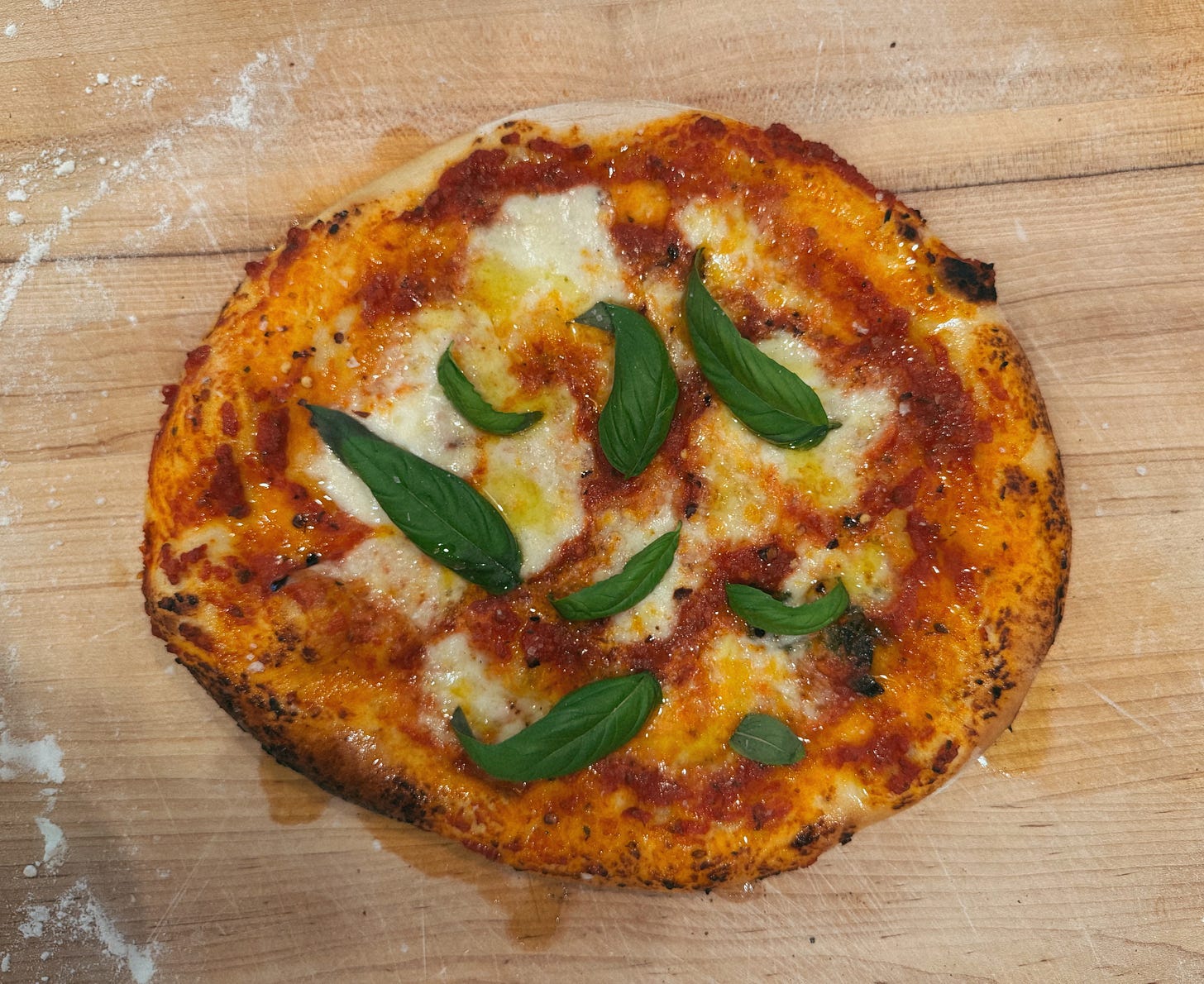

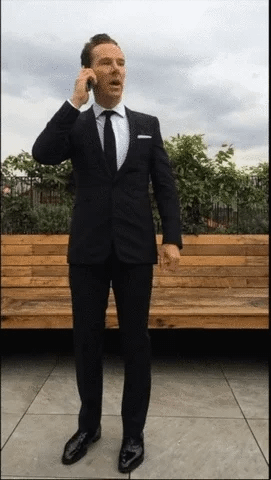
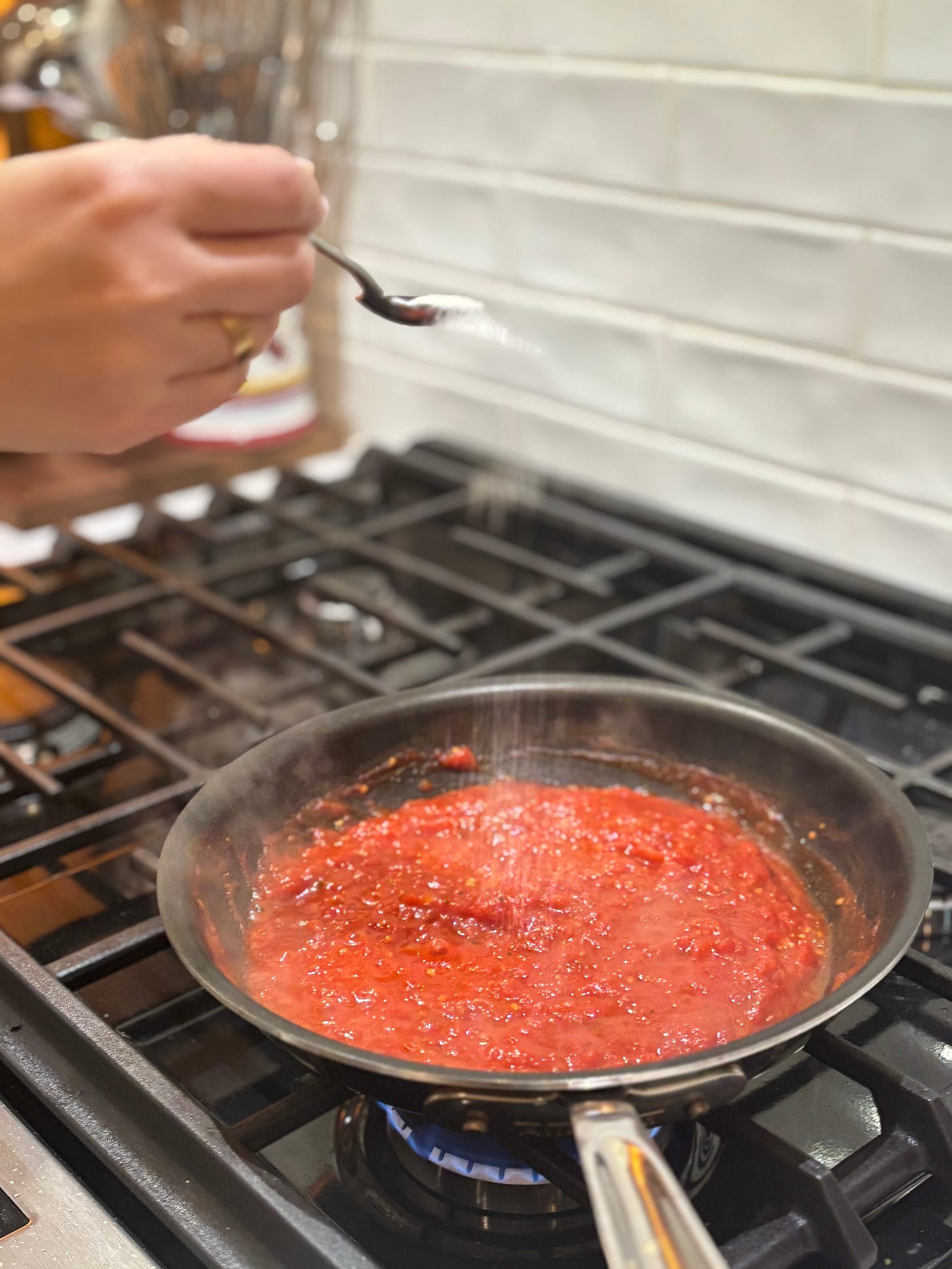
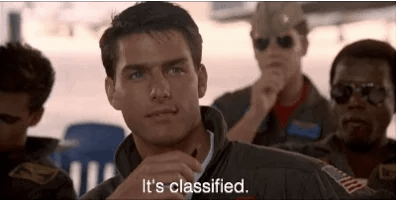
Pizza is so hard and is definitely a labor of love. Glad it’s working out. Pizza and hoop coming together in an awesome substack.
Sorry to hear about the potential client, but I'm not gonna lie, those pizzas look incredible!